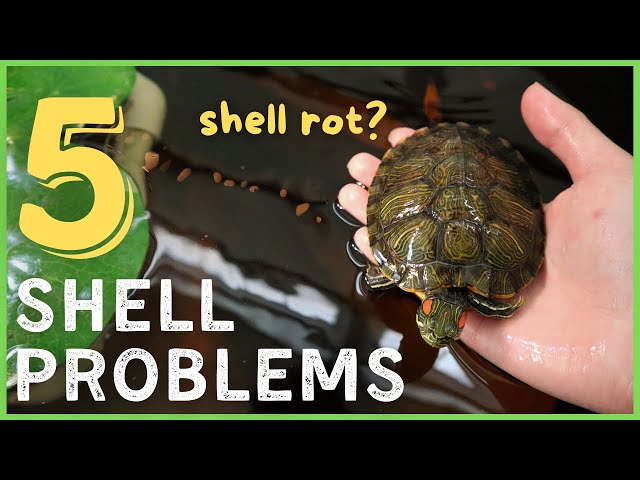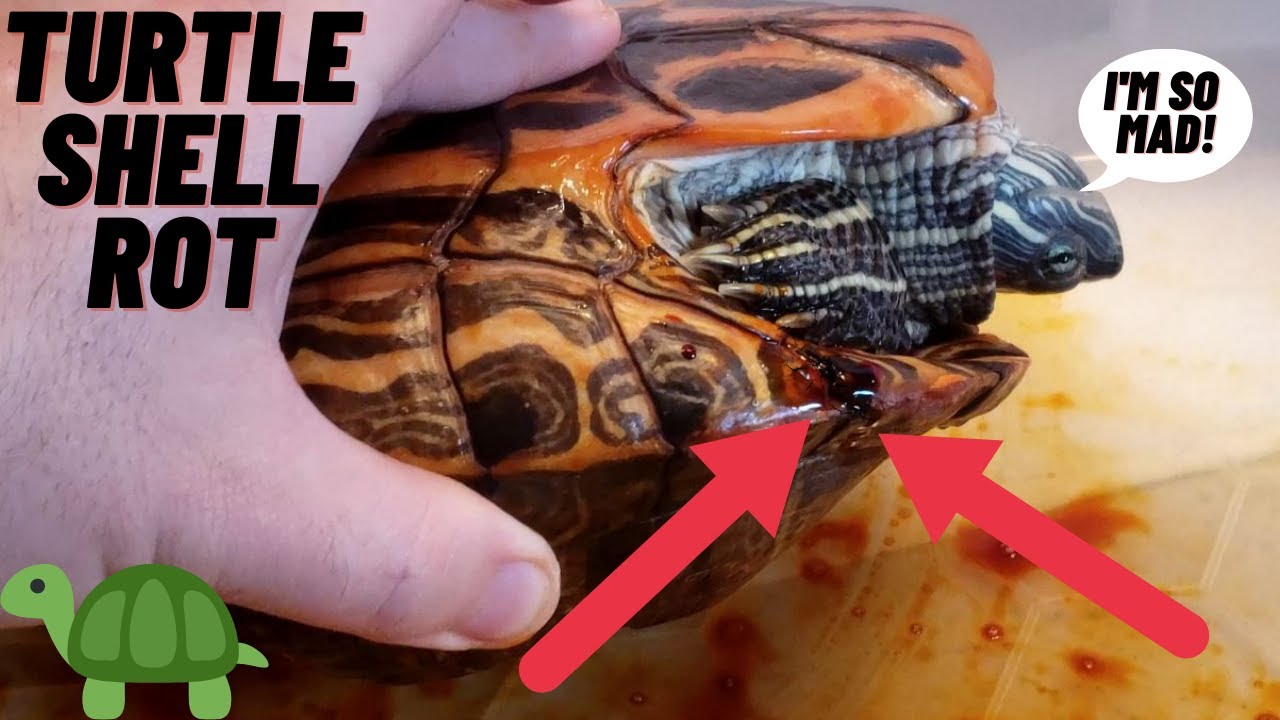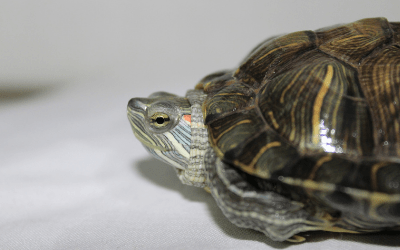So, you’re the proud owner of a pet turtle, huh? Well, one thing you’ve probably noticed is that their shells are pretty important – not just for their protection, but for their overall health as well. If you want to keep your little shelled friend happy and healthy, it’s crucial to know how to prevent and manage shell problems. In this article, we’ll give you some handy tips to ensure your pet turtle’s shell stays in top shape. No need to stress, we’ve got you covered!
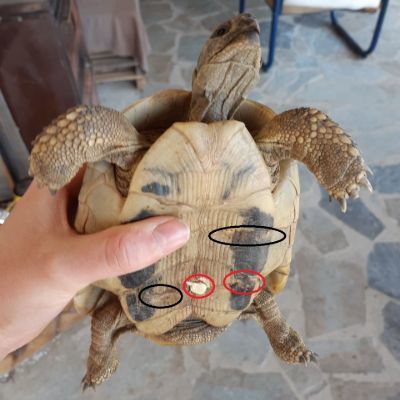
1. Understanding the Importance of Shell Health
1.1 Anatomy of a Turtle Shell
The shell of a turtle consists of two main parts: the carapace and the plastron. The carapace is the hard, domed upper part of the shell, while the plastron is the flat, protective lower part. These two parts are connected by a bridge called the bridge. The shell is made up of bone covered by a layer of keratin, the same material found in human nails. It is important to understand the anatomy of a turtle shell in order to properly care for it.
1.2 Function of the Shell
The shell serves as a protective armor for turtles, providing them with defense against predators and external threats. It also acts as a support structure, providing attachment points for the turtle’s muscles and enabling it to move. Additionally, the shell helps to regulate the turtle’s body temperature by providing insulation and retaining heat. The overall health and condition of the shell is crucial for the overall well-being of the turtle.
1.3 Common Shell Problems
While turtle shells are designed to be strong and durable, they can still experience various issues. Some common shell problems include shell rot, shell erosions, ulcers, and fungal infections. These problems can be caused by poor nutrition, improper housing conditions, lack of proper hygiene, or trauma. It is important for turtle owners to be aware of these potential issues and take measures to prevent and treat them.
2. Ensuring Proper Habitat and Housing
2.1 Providing Adequate Space
Turtles require a spacious and appropriate environment to thrive. The size of the habitat should be proportional to the size of the turtle, allowing it to move and explore comfortably. It is essential to provide enough space for the turtle to stretch out fully and have room for swimming. A crowded or cramped living space can lead to stress and shell problems. Ensuring adequate space is crucial for maintaining shell health.
2.2 Maintaining Optimal Temperature and Humidity
Turtles are ectothermic, which means they rely on their environment to regulate their body temperature. It is important to provide a suitable temperature range for your turtle species. This can typically be achieved by using a combination of heat lamps, basking spots, and heating pads. Additionally, maintaining proper humidity levels in the habitat is essential to prevent drying out of the shell and promoting healthy growth.
2.3 Furnishing the Habitat with Appropriate Materials
The materials and decorations within the turtle’s habitat also play a significant role in shell health. It is important to provide a substrate that allows the turtle to dig and burrow, simulating their natural behavior. Avoid using rough or sharp materials that may cause injuries to the shell. Additionally, providing hiding spots, basking areas, and adequate water depth can help promote the overall well-being of the turtle and its shell.
3. Implementing a Nutritious Diet
3.1 Balancing Calcium and Phosphorus
A well-balanced diet is crucial for the health of a turtle’s shell. Calcium and phosphorus are two important minerals that are essential for shell growth and strength. The calcium to phosphorus ratio should be maintained at around 2:1 in the turtle’s diet. Calcium can be provided through commercially available turtle pellets, leafy greens, and calcium supplements. It is important to consult a veterinarian or reptile specialist to ensure the proper balance of these minerals in your turtle’s diet.
3.2 Including Variety in the Diet
Offering a diverse diet is important to provide essential nutrients and prevent nutritional deficiencies. In addition to commercial pellets, turtles should be provided with a variety of fresh vegetables, fruits, and even live or frozen prey. Leafy greens like kale, collard greens, and dandelion greens are excellent sources of vitamins and minerals. Offering a variety of foods ensures that the turtle is receiving a well-rounded and nutritious diet.
3.3 Avoiding Excessive Vitamin D3
While vitamin D3 is important for calcium absorption, excessive amounts can be harmful to turtles. Overdosing on vitamin D3 can lead to hypercalcemia, a condition characterized by high levels of calcium in the blood, which can affect shell health. It is important to provide a balanced amount of vitamin D3 through an appropriate UVB lighting setup and a varied diet. Consult a veterinarian to determine the right balance of vitamin D3 for your turtle.
4. Promoting Good Hygiene Practices
4.1 Regularly Cleaning the Habitat
Maintaining a clean habitat is essential for preventing shell problems and promoting overall turtle health. Regularly clean and disinfect the tank or enclosure to remove any waste, bacteria, or parasites. Be sure to use reptile-safe cleaning products and rinse everything thoroughly to remove any residue. A clean habitat reduces the chances of bacterial or fungal infections, which can negatively impact the turtle’s shell.
4.2 Performing Routine Shell Inspections
Regularly inspecting your turtle’s shell allows you to identify any changes or abnormalities early on. Look for any signs of discoloration, erosion, or unusual growths. If you notice any changes, consult a veterinarian for proper evaluation and treatment. Early detection and intervention can prevent minor shell issues from developing into more serious conditions.
4.3 Properly Handling and Bathing the Turtle
When handling your turtle, it is important to do so with care to avoid causing any damage to the shell. Support the turtle’s body properly and never pick it up by the shell alone. Additionally, providing regular baths to your turtle can help keep the shell clean and hydrated. Use lukewarm water and a soft brush or cloth to gently clean the shell’s surface. Avoid using harsh soaps or chemicals that can strip the shell of its natural oils.
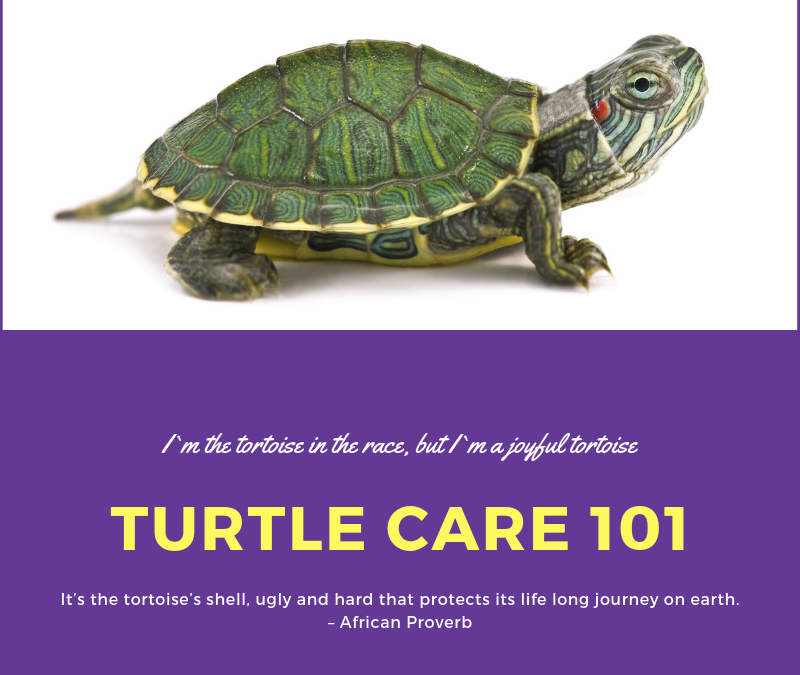
5. Recognizing and Treating Shell Issues
5.1 Identifying Minor Shell Imperfections
Minor shell imperfections, such as small cracks or chips, are common and usually not a cause for concern. However, it is important to monitor these imperfections and ensure they do not worsen or become infected. Keep an eye out for any changes in color, texture, or size, and consult a veterinarian if you notice any concerning developments. They can provide guidance on how to properly care for and monitor these minor shell issues.
5.2 Treating Shell Erosion or Ulcers
Shell erosion or ulcers can occur as a result of poor water quality, improper diet, or inadequate hygiene. If you notice any signs of erosion or ulcers on your turtle’s shell, it is important to seek veterinary care as soon as possible. The veterinarian may recommend treatments such as topical ointments, antibiotics, or changes in diet and habitat conditions. Prompt treatment can help prevent further damage and promote the healing of the shell.
5.3 Dealing with Shell Rot or Fungal Infections
Shell rot or fungal infections can be caused by unclean water, poor hygiene, or injuries to the shell. These conditions can lead to softening, discoloration, or foul odors in the shell. If you suspect your turtle has shell rot or a fungal infection, consult a veterinarian immediately. Treatment may involve proper cleaning and drying of the shell, topical medications, and adjustments to the turtle’s habitat and diet.
6. Seeking Professional Veterinary Help
6.1 Knowing When to Consult a Veterinarian
It is important to be aware of when to seek professional veterinary help for your turtle’s shell issues. While minor imperfections may not require immediate veterinary attention, any significant changes in the shell’s appearance or if the turtle shows signs of pain or discomfort, it is crucial to consult a veterinarian. They will be able to provide a thorough examination, diagnose any underlying issues, and recommend appropriate treatment options.
6.2 Finding a Reptile-Experienced Veterinarian
Not all veterinarians have experience and expertise in treating reptiles, including turtles. It is important to find a veterinarian with specialized knowledge in caring for turtles and their specific needs. Ask for recommendations from other reptile owners, local reptile clubs, or online reptile forums. A reptile-experienced veterinarian will be better equipped to diagnose and treat shell issues effectively.
7. Preventing Shell Trauma or Injury
7.1 Providing Safe Enclosures and Decorations
Creating a safe environment for your turtle is essential in preventing shell trauma or injury. Avoid using sharp or rough decorations that may cause abrasions or cuts on the shell. Smooth rocks, logs, and turtle-safe plants can provide enrichment without posing a risk to the shell. Ensure that any enclosure or tank is securely closed to prevent escape or accidental falls that could lead to shell damage.
7.2 Handling the Turtle with Care
When handling your turtle, always approach with caution and handle with care to avoid accidental drops or injuries. Support the turtle’s body properly, avoiding excessive pressure on the shell. If the turtle is large or heavy, consider using both hands to provide adequate support. Proper handling techniques can help prevent shell trauma or injury.
7.3 Avoiding Potential Hazards
Turtles should be kept away from potential hazards that could cause shell trauma or injury. This includes keeping them away from other aggressive animals, sharp objects, and extreme temperatures. Additionally, be cautious when placing decorative items or objects near the turtle’s habitat to prevent accidental falls or entrapment. Being aware of and avoiding potential hazards can help prevent shell problems and ensure the overall well-being of your turtle.
8. Understanding the Role of UVB Lighting
8.1 Importance of UVB Exposure for Shell Health
UVB lighting plays a crucial role in the overall health and well-being of turtles, including their shell health. UVB light is responsible for the synthesis of vitamin D3 in the turtle’s skin, which is essential for calcium absorption and proper shell growth. Without adequate UVB exposure, turtles can develop soft shells or metabolic bone disease. Providing the appropriate amount of UVB lighting is essential to maintain healthy shell development.
8.2 Choosing and Installing the Right UVB Light
It is important to choose the right UVB light for your turtle’s habitat. Look for a high-quality UVB bulb specifically designed for reptiles. The UVB bulb should have the proper intensity and spectrum to provide adequate UVB radiation. Place the UVB light within the enclosure at the proper distance from the basking area, following the manufacturer’s recommendations. Regularly monitor the bulb’s output and replace it when necessary to ensure your turtle is receiving adequate UVB exposure.
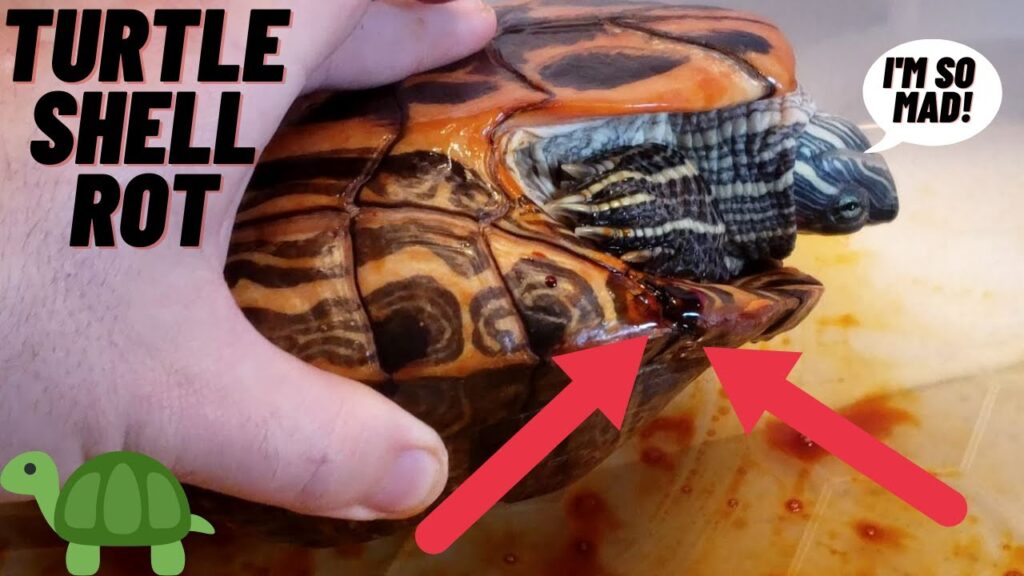
9. Examining the Impact of Water Quality
9.1 Maintaining Clean and Balanced Water
Water quality plays a significant role in the health of your turtle’s shell. Regularly monitor and maintain clean water within the turtle’s habitat. Change the water regularly to prevent the buildup of waste, bacteria, and other harmful substances. Use a water conditioner to remove chlorine and other chemicals from tap water. Proper filtration and regular water testing can help ensure that the water is clean and balanced, promoting healthy shell growth.
9.2 Avoiding Chlorine and Other Harmful Substances
Chlorine and other harmful substances can negatively impact the health of your turtle’s shell. These chemicals are commonly found in tap water and can cause irritation and damage to the shell and the turtle’s overall well-being. Use a water conditioner specifically designed for reptiles to remove chlorine and other harmful substances from the water. Avoid using any cleaning products or chemicals near the turtle’s habitat that could potentially contaminate the water.
10. Preventing Shell Deformities through Proper Care
10.1 Providing Optimal Conditions for Growth
Proper care and optimal conditions are crucial in preventing shell deformities in pet turtles. This includes providing a suitable habitat, maintaining proper temperature and humidity levels, and offering a well-balanced diet. Ensuring adequate space for proper movement and exercise, along with regular exposure to UVB lighting, are also important for shell development. Taking a proactive approach to your turtle’s care can greatly reduce the risk of shell deformities.
10.2 Avoiding Metabolic Bone Disease
Metabolic bone disease is a common condition that can lead to shell deformities in turtles. It is caused by a deficiency of calcium, vitamin D3, or improper calcium to phosphorus ratio in the diet. To prevent metabolic bone disease and associated shell deformities, it is essential to provide a balanced diet, proper UVB lighting, and access to clean, calcium-rich water. Regular monitoring and veterinary check-ups can help ensure that your turtle receives the necessary nutrients for healthy shell development.
By following these comprehensive guidelines and properly caring for your pet turtle’s shell, you can ensure its overall health and well-being. Remember to provide a suitable habitat, a balanced diet, regular cleaning and inspections, and seek professional veterinary help when needed. With proper care and attention, you can promote and maintain a healthy shell for your beloved pet turtle.
